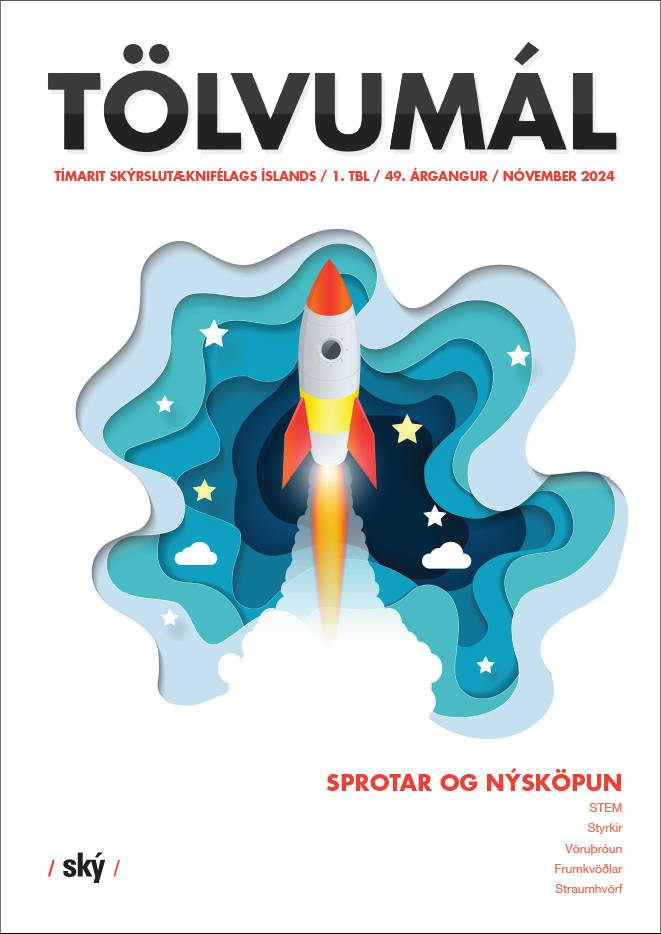
DSDC virtual care design
Using computer-generated room settings, evidence-based design points are highlighted, and information presented in ‘tip’ form by scrolling across information points on the screen. Many of these tips are deceptively simple – maximise light levels, employ colour contrast to aid navigation, create clear sightlines to facilities such as toilets, use familiar fitments such as old-fashioned taps, and position understandable signage at an accessible height.
The DSDC team has an expert understanding of the physiological impacts of dementia and the impairments that it can bring, and looks at surroundings through the eyes of people living with the condition.
Under the leadership of dementia design ‘guru’, Professor Mary Marshall, the Stirling-based team started developing design audit for care settings in 1998, and has been inspecting such environments ever since.
The guidance presented within the dementia-friendly Virtual Care Home (and its soon-to-be-launched Virtual Hospital site) is an accessible distillation of that expert knowledge-base.
The concept has been developed in partnership with the Edinburgh-based architect firm Burnett Pollock, whose founding partner Ricky Pollock is a DSDC associate specialist.
Using CAD, and supported by a grant from the Nominet Trust, Burnett Pollock set out by turning the DSDC’s evidence base into seven virtual care home room settings.
These demonstrate interactively how different design features can be used to enhance safety and wellbeing among residents with dementia. Information points can be followed up through the DSDC website, which links to the world’s most comprehensive dementia library, and hosts a bookshop where a wide range of design-related resources can be accessed.
Since its launch in March 2012, the Virtual Care Home has been viewed 30,000 times by users in 72 countries, and won a number of awards. Feedback indicates that it is both welcomed, and making a difference.
The Virtual Care Home is intended for use by architects, planners and commissioners who may be considering new builds, as much as for people who are already providing care in a variety of settings – including family carers who are looking after loved ones with dementia at home.
It is proving such a success that the DSDC team has now developed a similar resource – the Virtual Hospital – for use in acute care settings. This is of particular importance because the majority of people who use hospital services are older people, and they are the ones who are most likely to develop dementia. Yet modern hospitals are typically the least dementia-friendly environments imaginable.
Again, with thoughtful planning and adaptation, hospitals can do a great deal to support the needs of people with dementia. And to support this, the DSC’s Virtual Hospital (launched on 4 October this year) presents 15 acute area layouts, modelled to highlight the features that make a difference.
Thanks to a grant from the Robert Bosch Foundation, the Virtual Hospital is accessible by anyone wishing to know how to design – or redesign – their ward and clinic settings, wherever they are in the world.
The ideas contained in the DSDC’s virtual care settings are all low-cost and high-impact, and are based on evidence and global consensus. As innovation, research and ideas develop, the resources will be updated. That’s why we would welcome your response to the exciting online tools we are developing. Please let us know what you think of them, and help us to make them even better as time goes by.
Author: Professor June Andrews. Director.The Dementia Services Development Centre, University of Stirling
Scotland
www.dementia.stir.ac.uk
Skil á efni
Leita í vefútgáfu Tölvumála
Um Tölvumál
Tölvumál - tímarit Skýrslutæknifélags Íslands er óháð tímarit um tölvutækni og hefur verið gefið út frá árinu 1976.
Vefútgáfa Tölvumála birtir vikulega nýja grein á vef Ský og árlega er gefið út veglegt prentað tímarit undir nafninu "Tölvumál" þar sem fjallað er um tölvutækni frá ýmsum sjónarhornum og er þema blaðsins jafnan valið snemma árs og útgáfa að hausti.
Ritnefnd Ský sér um að afla efni í Tölvumál og geta allir sem áhuga hafa sent inn efni.
